After a cracking time tucking into Canberra, the road was calling and I headed south on the Sydney Melbourne Heritage Route, bound for the banks of the Murray River, three and half hours away. After passing through Yass, Gundagai and Tarcutta, I enjoyed a fleeting driver-reviving layover in Holbrook, which enjoys the distinction of being a submarine town.

Formerly known as Germantown, anti-German sentiment prompted the name change during WWI to Holbrook. Norman Holbrook was the inspiration, a British submarine commander who torpedoed an Ottoman battleship in the Dardanelles.
Today, Holbrook’s calling card is the unexpected novelty of clambering over the HMAS Otway submarine, draped in parkland on the town’s main street. From there, it was a short hop to Albury-Wodonga, the twin cities on the New South Wales/Victoria border, straddling the mighty Murray.

As some welcome rain spritzed the parched and undulating countryside, my roost in these parts was the Mantra Albury Hotel. Brand-spanking new, this gleaming seven-storey property is conveniently located in the Volt Lane precinct of Albury’s CBD.
Imbued with the sprit of a funky and boutique hotel, the Mantra’s trademark hospitality instantly made me feel at home, with bright and airy accommodations, spacious in size and generously loaded with creature comforts. From my seventh-floor perch, I drunk in the views of Albury’s gracious good looks.
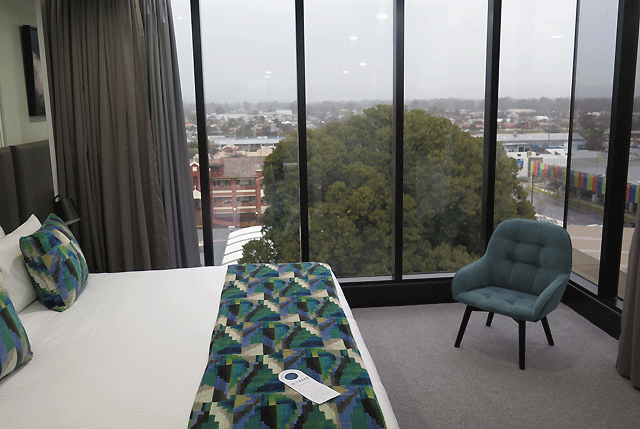
The buffet breakfast affair in La Tierra Restaurant was well proportioned with particularly delicious pastries. It’s also a popular haunt for lunch and dinner where the menu marches to a Mediterranean beat, with flavour-fuelled Spanish influence.
Suitably refreshed after a dreamy night’s sleep, I took the short drive from town to Lake Hume, after relishing the rolling pastoral splendour of the Albury-Wodonga region from high atop the Huon Hill lookout. Lake Hume is a recreational paradise with shady picnic spots.
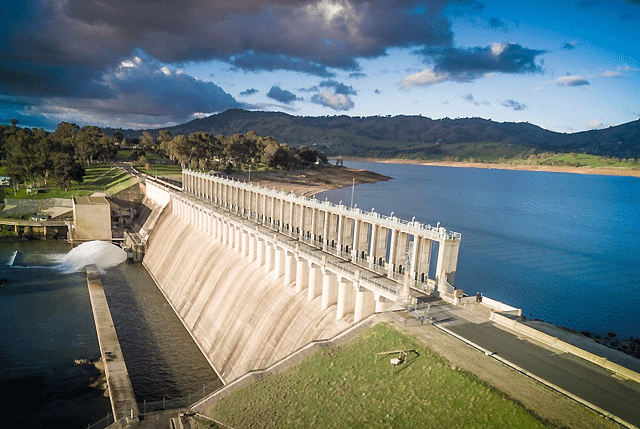
Bookended by the behemoth of the Hume Dam, construction first began on this major hydro and irrigation scheme nearly a century ago. Walking along the top of the mighty dam wall, I was awestruck by the fact that Lake Hume, also known as Hume Weir, holds nearly six times the volume of water in Sydney Harbour.
It is the furthest upstream of the major reservoirs on the Murray River system and a captivating sight. From there, I moseyed down the lakefront, past some bounding wild kangaroos, to the Bonegilla Migrant Experience. Formerly the site of the Bonegilla Migrant Reception and Training Centre, this is where 320,000 new arrivals to Australia, were processed and trained following the ravages of World War II.
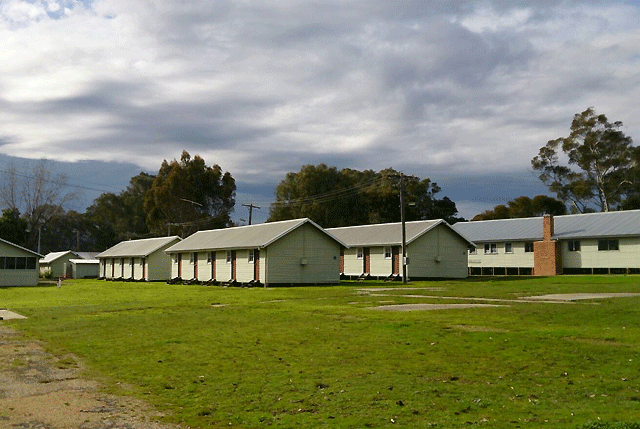
Initially it was established to service displaced people selected from refugee camps across Europe, but was widened to help address Australia’s thirst for migrant labour and rapid population growth for self-defence. It operated from 1947 until 1971.
After their ships docked in Melbourne, “red rattler” trains would haul the new arrivals up to Bonegilla. This sprawling complex of spartan accommodation huts could house up to 8000 people at any one time. Women and children were housed separately from men, until the huts were modified with family cubicles.
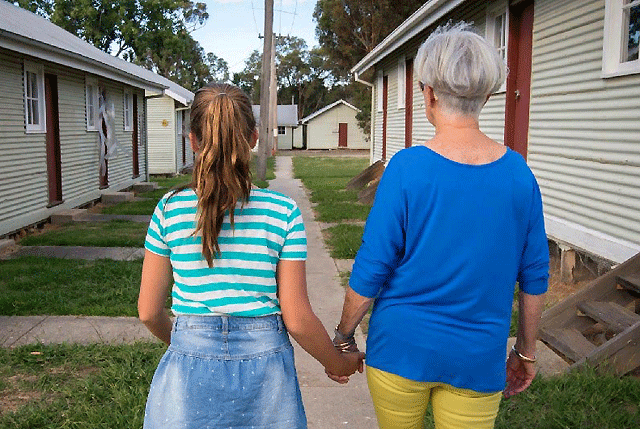
They learned to speak English and adapt to Australian life at Bonegilla, before being moved to areas where there were labour shortages. For many if not most, it must have been a deeply disorientating experience, despite the centre’s best intentions.
The culture shock would have been profound, wrestling with a foreign environment, food and language. Some migrants only stayed for a short time, while others stayed far longer than they were expecting. Residents would occasionally riot, protesting over their prolonged wait for work – work they’d been promised under the terms of their assisted migration.

Bonegilla’s charming boss, Bernadette Zanet, escorted me around the remains of the camp, which provides searing insights into life here for those residents, their hopes, fears and dreams. Heart-felt displays evocatively shed light on camp conditions and the challenges they had to contend with.
The most poignant feature is the memory board room, where the walls are festooned by pink cards, sharing the personal thoughts and reflections as penned by the daily parade of visitors. Many began life in Australia here. Bonegilla directly touches the lives of millions of Aussies.
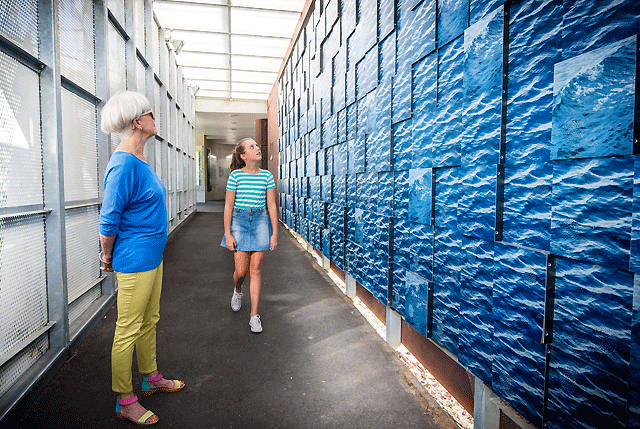
Bernadette remarked that at least one in every twenty Australians have a direct family connection to Bonegilla, “although the figure is probably much higher.” It is an essential and intimate experience that taps deep into the formation of Australia’s cosmopolitan society. www.bonegilla.org.au
Back in Albury, I was itching to pay a visit to MAMA – the Murray Art Museum of Albury. Situated in the heart of the city’s bustling shopping district, this contemporary art experience is a banger, offering bold and provocative dives into the region’s cultural dynamics.

Comprising ten gallery spaces across two levels, a regular roster of international exhibitions are staged here. Take a free one-hour guided tour of the MAMA Collection, permanently housed on the ground floor, with one of the museum’s passionate guides.
There’s currently a superb exhibition which delves inside the kitchen cupboards of Australia in Westside Story. Sydney artist Mechelle Bounpraseuth has created unique still life scenes in ceramics, reminiscing on her own childhood. If you’re after something more brazen and in-your-face, the Flagging Opinion exhibition certainly hits the spot.

It showcases a recent wall mural project by artist Ashlee Laing, who painted a Muslim woman in a niqab bearing the pattern of an Australian flag. The owner of the building, who had provided his wall as a canvas, ordered its swift removal.
For MAMA, Laing recreated the original piece, and paired it with a Ned Kelly figure in a helmet decorated with an Australian flag, to provoke debate about identity. It certainly does that. MAMA is a star specimen of a rousing regional art museum punching above its weight.

The compact city centre and its splendid stash of heritage architecture brims with independent retail gems, like Books on Dean for a curated range of vintage and collectible books; Tribe Interiors for head-turning homewares and Pour Mes Amis which is another sparkling destination for eclectic and sophisticated home and lifestyle products.
One of Albury’s finest features is the verdant riverside embrace of Noreuil Park, where mature elm and plane trees, picnic tables and acres of grass await for some riparian chill-time. I wasn’t feeling virtuous enough to join the early morning joggers pound the park’s riverside trails, but it is a divine spot to watch the sun set over the water.
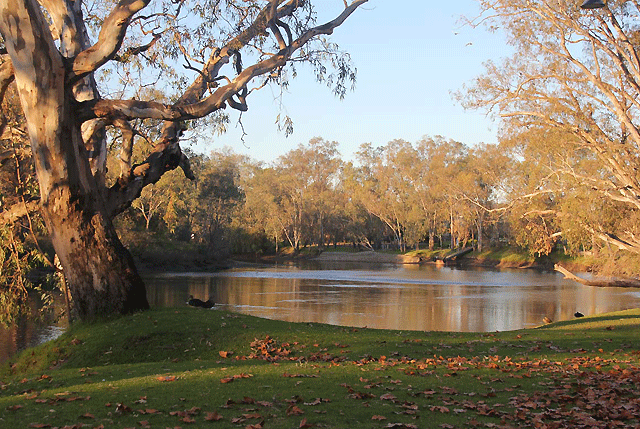
If you’re wondering about the name, Albury soldiers are credited with liberating the French village of Noreuil from the German army in WWI. The park was named in honour of those heroic soldiers. Noreuil Park is also home to a culinary must in Albury, The River Deck.
Under the command of Alex Smit, this superlative waterside venue serves up lip-smacking cuisine across the day, from fuss-free bites to a la carte dinner. As twilight cast the mooching Murray River under its magic hour spell, I enjoyed baby squid, roasted fennel, coriander and coconut curry as an entrée.

For my main, I plumped for the Venetian-style risotto, brimming with local mushrooms, crème fraiche, artichokes, leek and basil oil. It was a party in my mouth. You must go. www.alburywodonga.com
For more road-tripping inspiration on the Sydney to Melbourne Heritage Drive, jump to www.sydneymelbournetouring.com.au


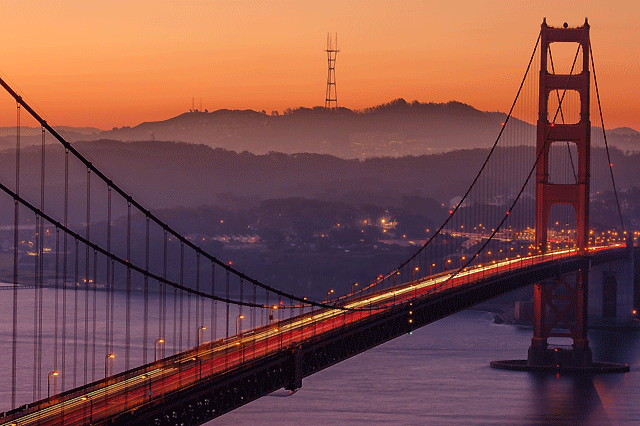




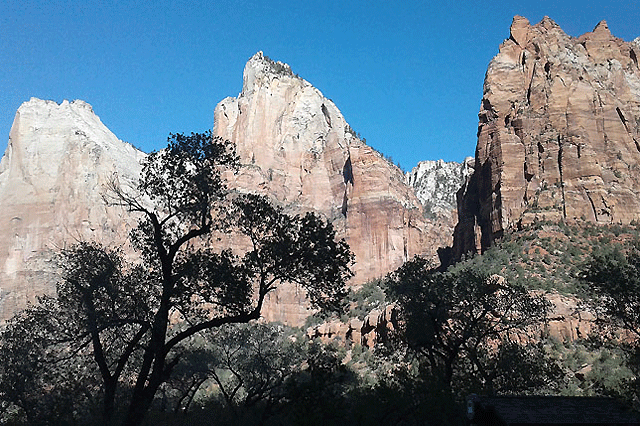

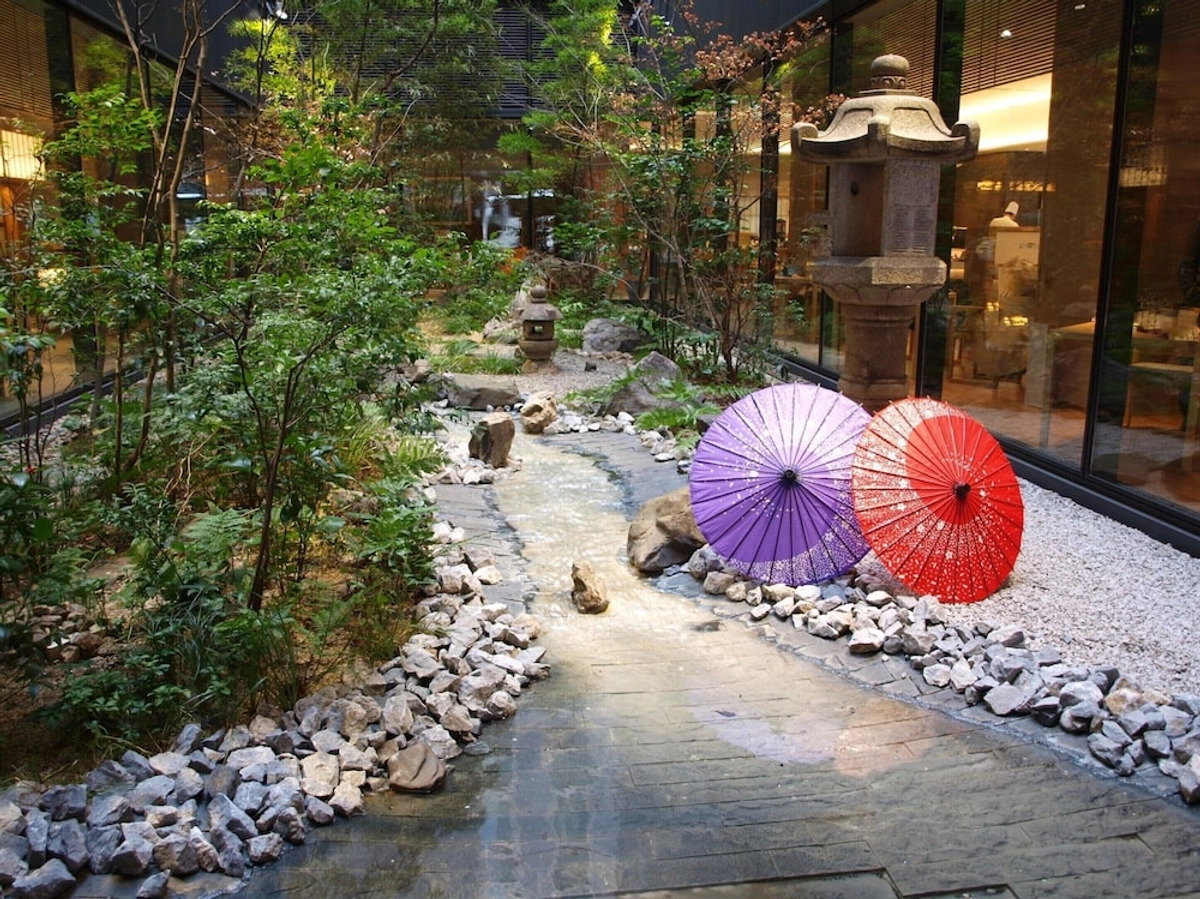



Recent Comments